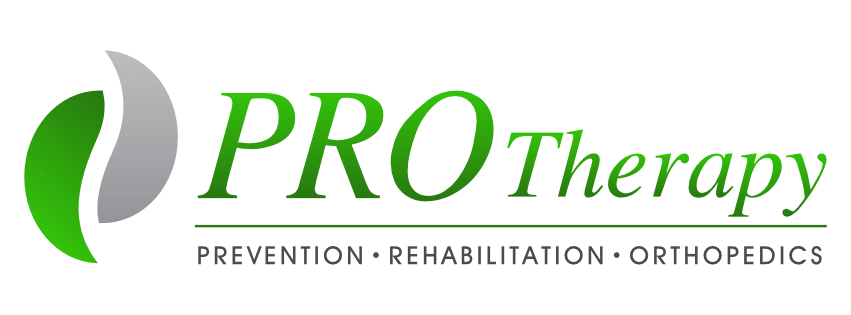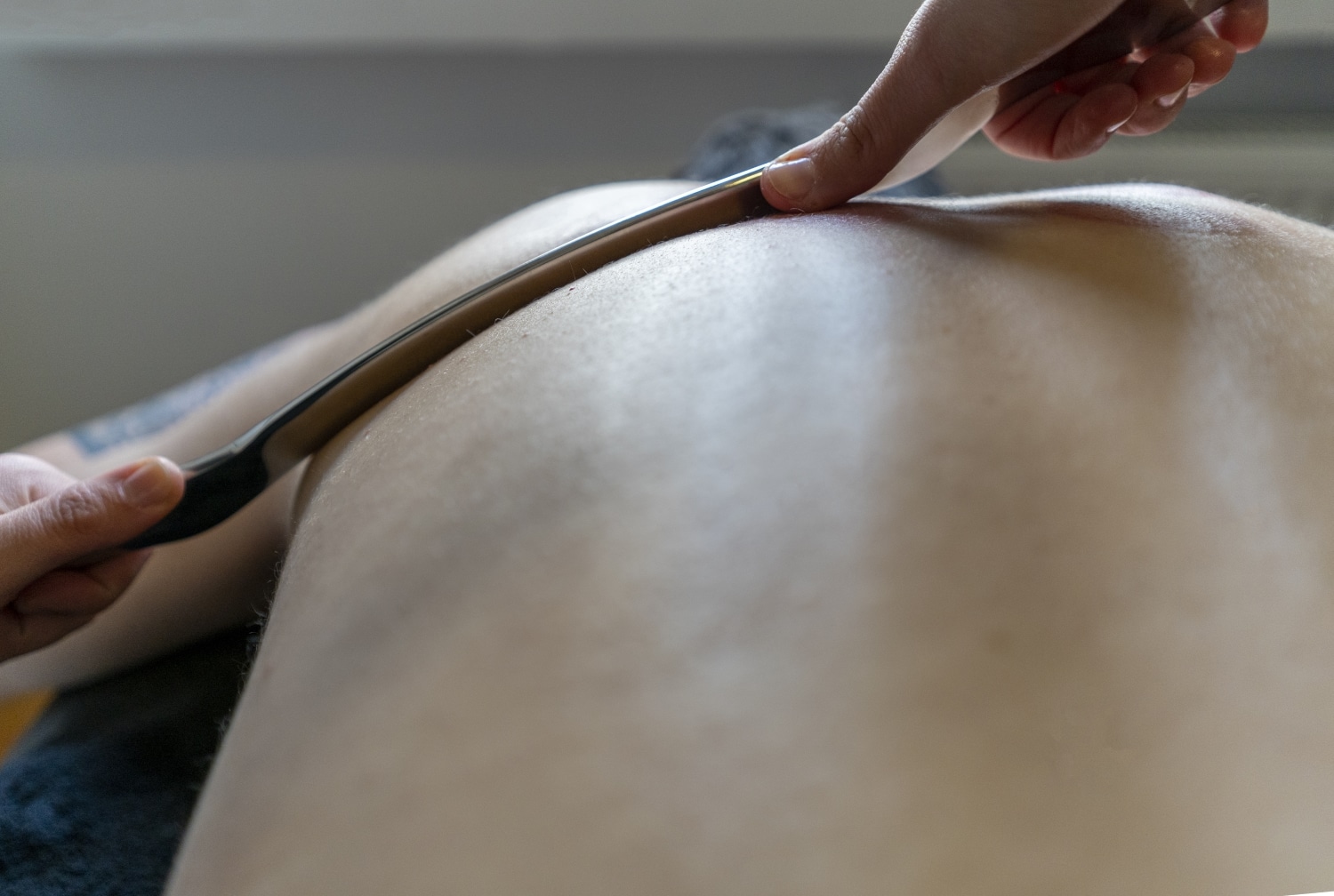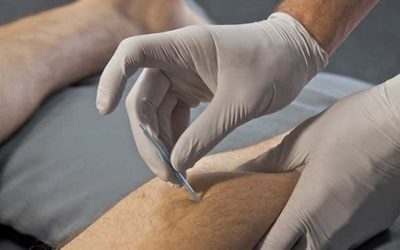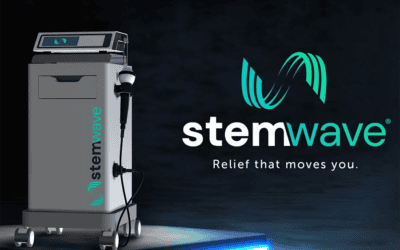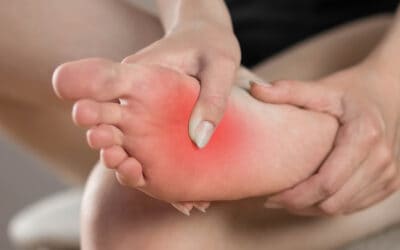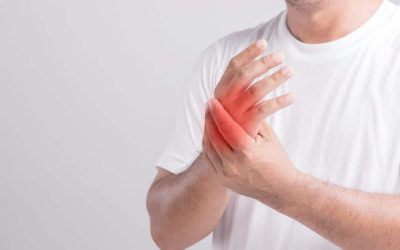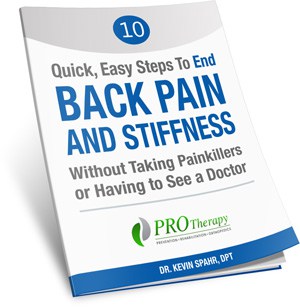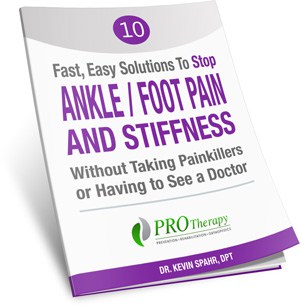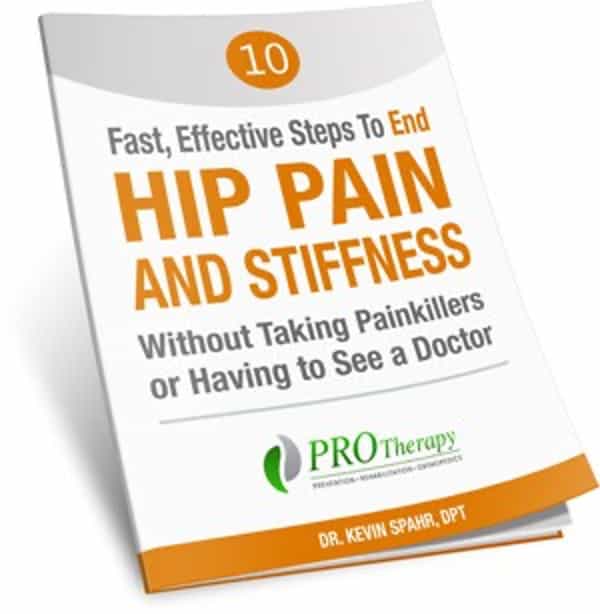If you’re experiencing muscular pain, understanding the different treatment options available is crucial for your healing journey. Two common approaches are the Graston Technique and deep-tissue massage. While both aim to alleviate muscular pain, they differ in their methods and applications.
This article focuses on the Graston Technique, detailing what it is, its benefits, how it’s utilized in physical therapy, and its specific applications in managing chronic pain.
What is the Graston Technique?
The Graston Technique is a specialized form of manual therapy that employs specially designed, stainless steel instruments to mobilize soft tissue. It’s often described as a type of deep-tissue massage, but instead of using hands, the practitioner uses a set of hand-held tools.
The experience can be relaxing for the patient, but it can cause some discomfort when we find a spot that needs work. Despite the pain, it still has the benefit of providing significant relief afterwards. Think of it as a targeted approach to addressing specific soft tissue issues like knots, scar tissue, or other restrictions within muscles, tendons, and ligaments.
How Does the Graston Technique Work?
The Graston Technique helps identify these restrictions more effectively than with hands alone. The technique introduces controlled microtrauma to the affected area, which triggers a localized inflammatory response and increased blood flow. This, in turn, promotes healing and tissue regeneration.
The primary benefit of the Graston Technique is pain reduction. Many patients experience immediate pain relief after just one session. Over a series of treatments, it can also improve mobility and provide long-term pain reduction. It’s commonly used to address conditions involving soft tissue dysfunction, such as muscle strains and sprains, tendonitis, scar tissue restrictions, fascial adhesions, and chronic pain conditions.
How is the Graston Technique Used in Physical Therapy?

Physical therapists often incorporate the Graston Technique into a comprehensive treatment plan. They are trained to understand when and how to use it for optimal patient outcomes. While it can be a powerful tool on its own, it is most effective when combined with other therapies, such as exercise, stretching, and manual therapy.
One of the reasons the Graston Technique is favored by physical therapists is the enhanced feedback it provides. The tools allow for more precise identification of adhesions and knots compared to using hands alone. This can lead to more targeted and effective treatment. Some patients experience faster results with the Graston Technique.
Compared to traditional deep-tissue massage, you can instantiate a quicker healing time. While deep-tissue massage can be beneficial for relaxation and stress relief, the Graston Technique is often preferred when the primary goal is pain relief and scar tissue treatment. It can even be modified for patients who bruise easily or require gentler pressure.
Deep Tissue Massage vs the Graston Technique
Both popular treatments for musculoskeletal pain, but they differ significantly in their approach. Deep tissue massage is a manual therapy that uses slow, deliberate strokes to reach deeper layers of muscle and fascia. It aims to release chronic muscle tension, improve posture, and reduce pain.
The Graston Technique, on the other hand, is a patented method of instrument-assisted soft tissue mobilization (IASTM). That means the specially designed stainless steel instruments mentioned earlier.
While both techniques can be used to treat a variety of conditions, deep tissue massage is often preferred for general muscle soreness and tension, while the Graston Technique is more targeted towards specific areas of scar tissue or adhesion.
The Graston Technique is effective for treating chronic conditions
Particularly ones that have not responded to other forms of treatment. However, it is important to note that the Graston Technique can be more uncomfortable than deep tissue massage, and some patients may experience bruising or soreness after treatment.
Ultimately, the best treatment for you will depend on your individual needs and preferences. If you are unsure which technique is right for you, it is always best to consult with a qualified healthcare professional. Try our free discovery visit, and we can assess your condition and recommend the most appropriate course of treatment.
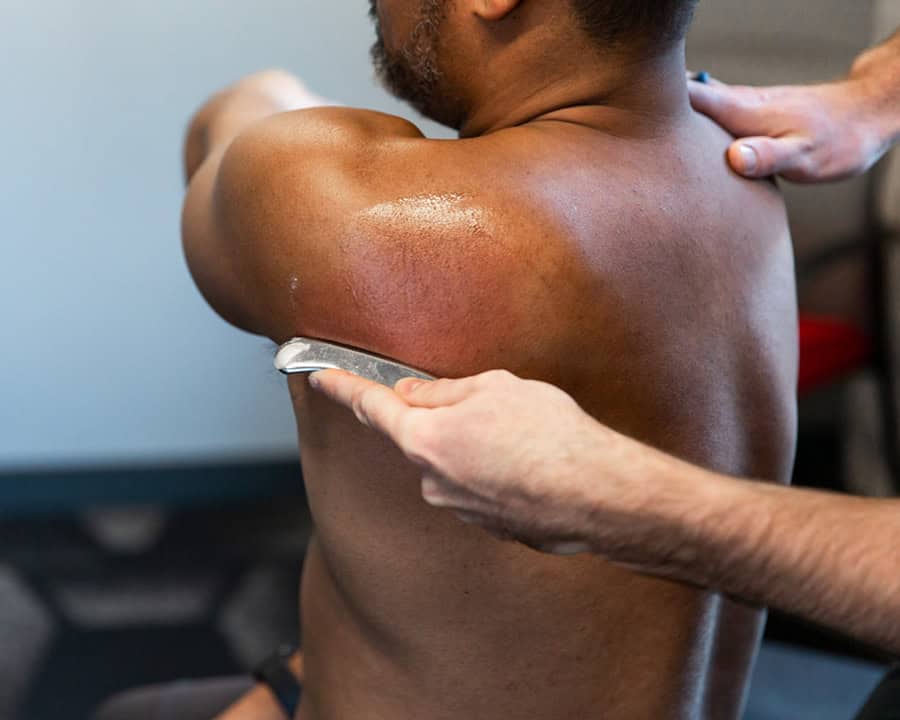
The Graston Technique and Chronic Pain
The Graston Technique offers a unique approach to managing chronic pain by addressing the underlying soft tissue dysfunction that often contributes to persistent discomfort. Chronic pain can stem from various sources, leading to the formation of scar tissue, adhesions, and restrictions within muscles, tendons, and ligaments.
This restricted tissue can limit your range of motion, cause pain, and even affect nerve function, perpetuating the cycle of chronic pain. The Graston Technique’s specialized instruments allow clinicians to precisely identify and treat these problematic areas. By breaking down scar tissue and adhesions, the technique helps restore normal tissue mobility and function, which can significantly reduce pain.
The Controlled Microtrauma Induced by the Graston Technique
It stimulates a localized inflammatory response, triggering the body’s natural healing mechanisms. It also promotes the remodeling of damaged tissue and the formation of healthier, more flexible tissue. This process can improve blood flow to the affected area, delivering essential nutrients and removing metabolic waste products that contribute to pain.
Furthermore, the Graston Technique can help address trigger points. Hypersensitive spots in muscles that can cause referred pain. By releasing these trigger points, the technique can alleviate pain not only at the trigger point site but also in other areas of the body.
Beyond the immediate effects of the Graston Technique
Chronic pain often leads to altered movement patterns and muscle imbalances. As the Graston Technique helps restore proper tissue function, it can also facilitate the retraining of these movement patterns. This can involve working with a physical therapist to strengthen weakened muscles, improve flexibility, and correct postural issues.
By addressing both the soft tissue dysfunction and the associated neuromuscular imbalances, the Graston Technique can contribute to long-term pain relief and improved functional capacity.
The Graston Technique is not a one-size-fits-all solution
It is typically most effective when integrated into a comprehensive pain management plan. A qualified healthcare professional like the ones at our physical therapy clinics in Minneapolis, can assess your specific condition and determine if the Graston Technique is an appropriate treatment option for your chronic pain.
We can also develop a personalized treatment plan to address your individual needs and help you achieve your pain management goals.
- Top Questions Women Ask About Pelvic Pain (But Are Too Afraid to Ask) - December 12, 2025
- Treating and Avoiding Hockey Injuries with Physical Therapy - November 26, 2025
- Common Questions About Physical Therapy After a Car Accident - November 12, 2025
